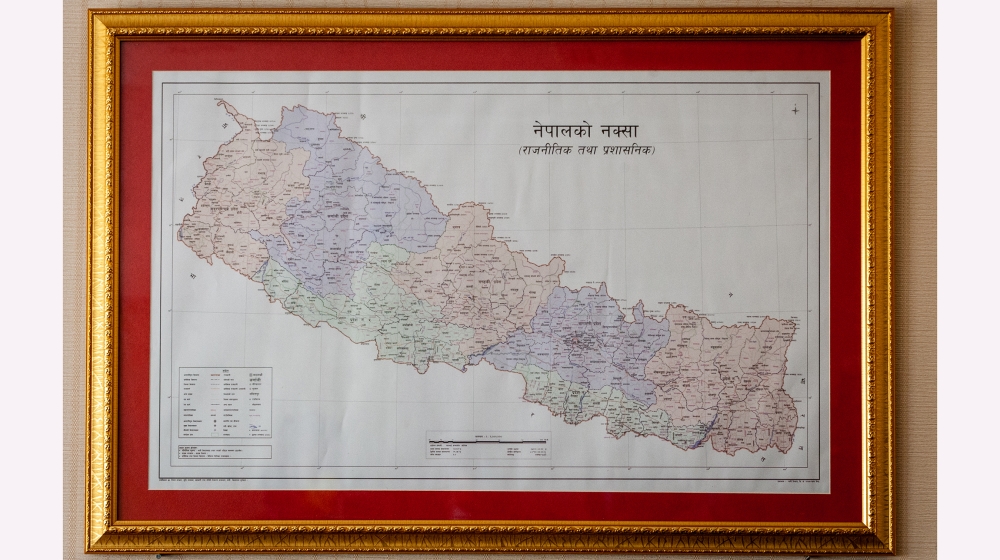
Article 115041.TVS Motor Company - One of the largest 2-wheeler companies in the world. Updating the national soil map of Nepal through digital soil mapping. As a result, Nepal can boast of a multi-ethnic population that also houses a host of different cultures that are shared by its inhabitants.Citation: Lamichhane, S., Kumar, L., Adhikari, K. East Asian mixed people, as well as Indo-Aryans, live in the mountains and hilly regions of the country, while Tibetans inhabit the central and western part of Nepal. Nepal has a host of ethnicities present.
Maps thus produced are the first-hand legacy vector maps, generally at course spatial scale, which are becoming less desirable to solve environmental problems in the modern digital age. We have all decided that in future our travels would be with Max Interpretive Summary: Soil maps are compiled through rigorous process of soil survey which demands a significant amount of resources and time. Stranded at Hilsa on 3rd July and when some of us were ill he brought in his team doctors immediately and assured us that we would be taken care of. Vishal who helped us a lot. Nepal Pilgrim Travels, Mylapore, was nowhere to be seen and who had left us high and dry, it was Mr.

In such time and resource-constrained circumstances, the application of disaggregation methods and modelling approaches that capitalize on existing less detailed soil maps is important for a more rapid generation of soil maps at finer resolutions. This type of work is more important, especially in a country such as Nepal, where rugged terrain and harsh weather conditions make fine resolution soil sampling prohibitive. With the advancement in remote sensing and computing power, it has now become possible to use advanced algorithms and a multitude of covariates to segregate individual soil types from such composite units. The shaded area in orange is the area covered under India, while the area shaded in green belongs to Nepal.Technical Abstract: While most legacy soil maps are available at coarse spatial details with composite mapping units, high resolution and detailed soil maps are desired for various land resource applications. South Asia is also referred to as the Indian Subcontinent, separated from East Asia by the Himalayan Mountains between China and India and defined largely by the Indian Tectonic Plate on which its countries largely rest.The map here is of India and Nepal showing their borders as well. The countries of East Asia include China, Japan, North Korea, South Korea, and Mongolia (as well as Hong Kong, Macau, and Taiwan).

Geology was the most frequently used covariate, followed by the minimum temperature of the coldest month, elevation, valley depth and land cover. Confusion and Shannon Indices were calculated to show the uncertainty of prediction and the diversity of probable soil classes. Accuracy assessment of the 1st most probable soil map with independent datasets showed that the overall accuracy of prediction was 51.2% while considering the level of Reference Soil Groups only and 32.6% for the soil groups with 1st principal qualifier.
Environmental covariates found to rank among the top ones in this study could be suggested for the improved accuracy of the disaggregation of soil maps in similar landscape scenarios. Amidst the scarcity of spatially explicit detailed soil information, this disaggregated soil map can be a useful resource for individuals concerned with planning and managing land resources at the scales ranging from local administrative units to regional and national ones. Knowledge of soil types is essential to plan and manage agricultural and environmental activities. The predicted most probable maps can be used as a more detailed version of the legacy soil map of Nepal.


 0 kommentar(er)
0 kommentar(er)
